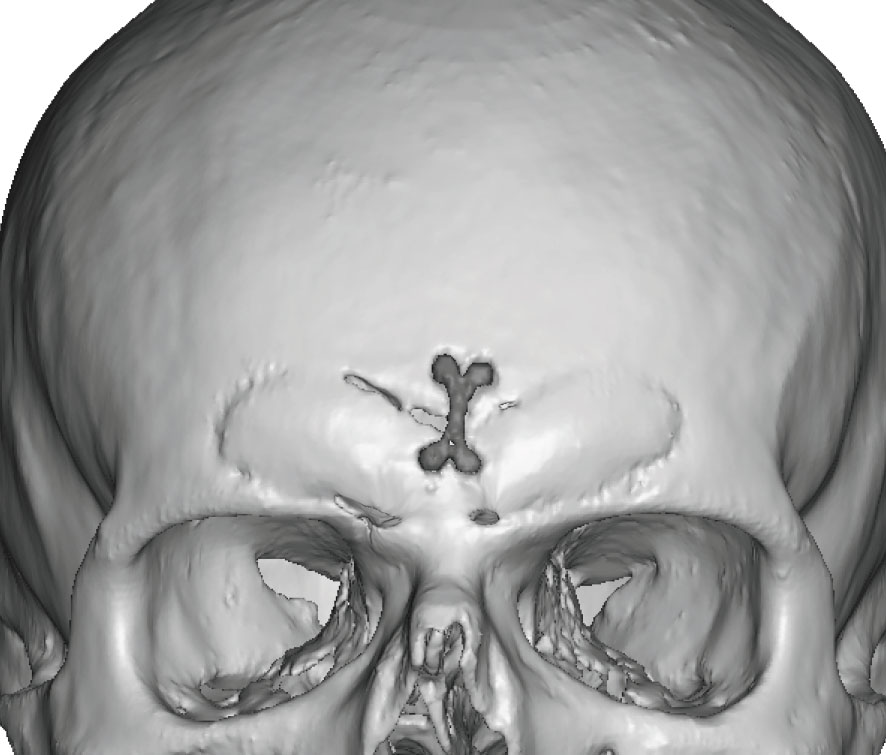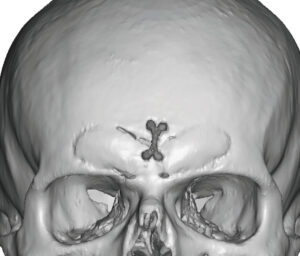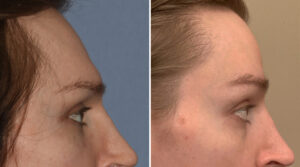
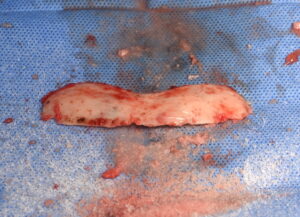
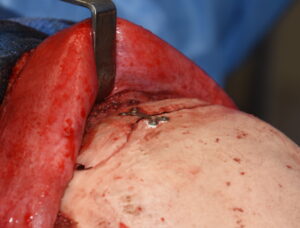

While some may draw the corollary from bone healing over the maxillary sinus after LeFort surgery, this is not a good comparison. This is because this is an osteotomy line where the maxillary sinus bone above and below the osteotomy remains attached to well vascularized bone. (this is not a true bone flap)
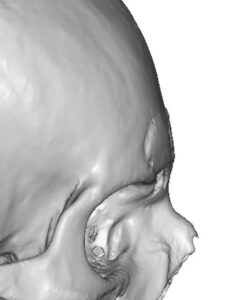
Dr. Barry Eppley
Indianapolis, Indiana

